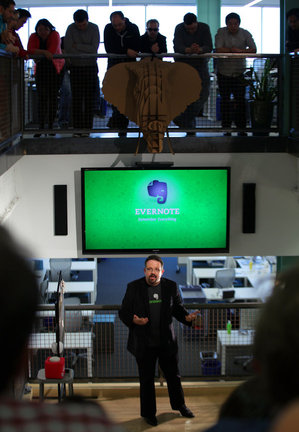The following passage is Steve Jobs speaking, as quoted by Walter Isaacson.
(p. 569) I don’t think I run roughshod over people, but if something sucks, I tell people to their face. It’s my job to be honest. I know what I’m talking about, and I usually turn out to be right. That’s the culture I tried to create. We are brutally honest with each other, and anyone can tell me they think I am full of shit and I can tell them the same. And we’ve had some rip-roaring arguments, where we are yelling at each other, and it’s some of the best times I’ve ever had. I feel totally comfortable saying “Ron, that store looks like shit” in front of everyone else. Or I might say “God, we really fucked up the engineering on this” in front of the person that’s responsible. That’s the ante for being in the room: You’ve got to be able to be super honest. Maybe there’s a better way, a gentlemen’s club where we all wear ties and speak in this Brahmin language and velvet codewords, but I don’t know that way, because I am middle class from California.
I was hard on people sometimes, probably harder than I needed to be. I remember the time when Reed was six years old, coming home, and I had just fired somebody that day, and I imagined what it was like (p. 570) for that person to tell his family and his young son that he had lost his job. It was hard. But somebody’s got to do it. I figured that it was always my job to make sure that the team was excellent, and if I didn’t do it, nobody was going to do it.
Source:
Isaacson, Walter. Steve Jobs. New York: Simon & Schuster, 2011.






